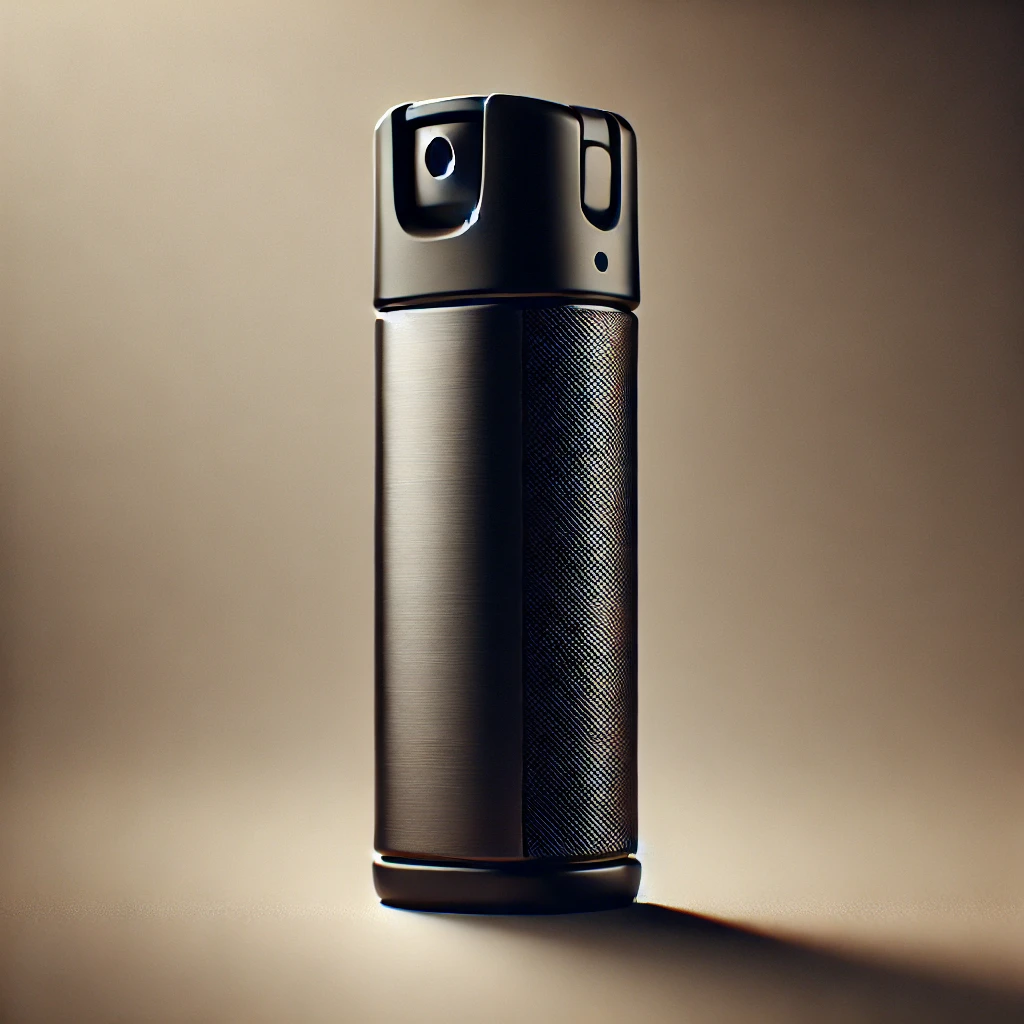Mastering Self-Defense: Practical Tips and Tools for Personal Safety
In today’s world, personal safety is a priority for many of us, and building a reliable self-defense toolkit is a proactive step toward feeling more secure daily. From understanding situational awareness to selecting the right personal safety devices, there are effective ways to strengthen your safety habits and boost your confidence. In this post, we’ll cover three essential self-defense tips, along with actionable steps to make them part of your routine. We’ll also touch on how tools like Heatwave Pepper Spray can play a key role in your self-defense plan without needing advanced training.
1. Mastering Situational Awareness
Situational awareness is the foundation of self-defense. It involves actively observing your surroundings to identify potential threats before they happen. Being aware doesn’t require specialized training; rather, it’s a mindset you can develop with practice.
Tips to Boost Your Situational Awareness:
- Adopt the “Yellow Zone” Mindset: A practical way to train your awareness is to use the “Color Code of Awareness” method, popularized by self-defense experts. In this system, “yellow” represents a relaxed but alert state where you’re conscious of the people, exits, and other potential hazards around you. Practice staying in the “yellow zone” whenever you’re in public spaces.
- Practice the 10-Second Scan: When entering a new area (a parking lot, park, or shopping mall), take 10 seconds to scan your surroundings. This quick check helps you locate exit points, identify any suspicious activity, and mentally prepare yourself to react if needed.
- Limit Distractions: Phones and headphones can easily divert our attention. While it’s fine to stay connected, try to reduce distractions by only using one earbud, or keeping your phone in your pocket when navigating busy areas.
Real-life example: In a city park one evening, a woman noticed a figure lingering by a tree on her regular walking route. Her awareness helped her identify the situation early, and she decided to cross the street before passing the person. It turned out to be someone harmless, but her situational awareness provided peace of mind and empowered her to stay in control.
2. Equip Yourself with Practical Defense Tools
Choosing a self-defense tool doesn’t have to be complicated. The best choice is often a small, easy-to-use device that you feel comfortable handling, like pepper spray. Compact and legal in most areas, pepper spray can offer reliable protection without physical confrontation. Heatwave Pepper Spray is designed to provide a powerful yet non-lethal defense, ideal for close encounters. It’s easy to carry in a bag or on a keychain, making it convenient for everyday use.
Tips for Choosing and Using a Self-Defense Tool:
- Understand Your Tool’s Features: Whether you choose pepper spray, a personal alarm, or a self-defense flashlight, familiarize yourself with its operation. Heatwave Pepper Spray, for example, has a quick-release function, allowing for fast deployment in emergencies.
- Practice Regularly: In a safe environment, practice retrieving and aiming your tool so it feels second nature. This could involve doing drills, such as timing how quickly you can pull out and aim your pepper spray.
- Know Local Laws and Best Practices: Each area has specific regulations about where and how pepper spray can be carried and used. Be sure to stay updated on these rules to ensure you’re both prepared and compliant.
Real-life example: Consider an early-morning jogger who decided to carry pepper spray after a few unsettling experiences with strangers approaching her. During one such encounter, she felt uneasy when a person started walking closely behind her. She used her quick-release spray to deter the individual from coming any closer, allowing her to safely leave the area.
3. Develop an “Escape Mindset”
Having an escape plan is essential in any situation where self-defense may be required. This doesn’t mean you’re always looking for an exit, but it does mean you have a strategy to put distance between yourself and a threat whenever possible.
Tips to Build Your Escape Mindset:
- Know Your Exits: Whenever you’re in a new space, take a few seconds to mentally note the exits. This habit can help you find a fast way out if needed.
- Use Obstacles to Your Advantage: In any defensive situation, obstacles like cars, benches, or trees can create physical barriers between you and a potential attacker. Positioning yourself near or behind an object can buy you valuable time to escape or retrieve a self-defense tool.
- Don’t Be Afraid to Yell or Attract Attention: In high-stress situations, people often feel hesitant to draw attention to themselves. However, making noise by shouting can be a powerful deterrent and a way to signal for help. A loud “Stop!” or “Back off!” alerts others to your distress and can also discourage a potential threat.
Real-life example: A commuter on a late train encountered a passenger who appeared aggressive and unstable. When the person approached, she instinctively moved to a nearby seat by the emergency exit and made eye contact with other passengers, signaling her discomfort. She calmly used the noise of the train to alert a conductor, who intervened. Her escape mindset allowed her to handle the situation before it escalated.
Putting It All Together: Building Your Self-Defense Routine
Incorporating these tips into your daily life is simple but requires consistency. You can start small, such as scanning the parking lot before heading to your car, carrying a device like Heatwave Pepper Spray in an accessible spot, and practicing using it every so often. Over time, these behaviors will become second nature, helping you feel more confident and prepared.
Personal safety is a combination of mindset, awareness, and tools. By training yourself to remain aware, equipping yourself with easy-to-use devices, and practicing escape strategies, you’re not just preparing for “what if” scenarios—you’re empowering yourself to live confidently and securely every day.

